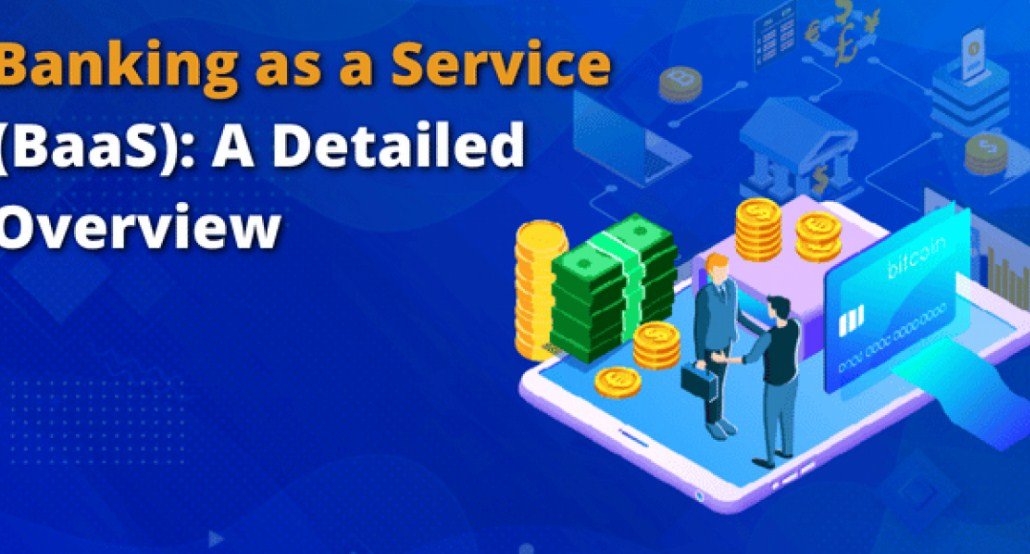Banking-as-a-service (BaaS) is a model that allows banks and fintechs to offer regulated banking capabilities through application programming interfaces (APIs). BaaS can help banks generate new revenue streams, expand their customer base, and enhance their digital capabilities. However, BaaS also poses significant challenges and risks, such as regulatory compliance, operational complexity, and competitive pressure. In this article, we will explore what banks need to do to succeed in the next phase of the BaaS revolution.
The Rise and Evolution of BaaS
BaaS emerged in the mid-2000s as a niche strategy for some banks to specialize in certain products or segments, such as prepaid cards or lending. These banks partnered with fintechs and other non-banks to provide them with the necessary banking infrastructure and licenses. For example, MetaBank (now Pathward) focused on prepaid debit cards, while Cross River Bank specialized in lending activities.
In the 2010s, BaaS gained more prominence and recognition as a distinct concept and category. The demand for BaaS increased as more fintechs and digital banks entered the market and needed bank partners to offer regulated services. The supply of BaaS also increased as more banks realized the potential of BaaS to diversify their income sources, leverage their assets, and reach new customers.
BaaS enabled banks and fintechs to create innovative and customer-centric solutions that were not possible or feasible under the traditional banking model. For example, Chime, a digital bank, partnered with Bancorp Bank and Stride Bank to offer checking accounts, savings accounts, debit cards, and overdraft protection. Similarly, Stripe, a payment platform, partnered with Goldman Sachs Bank USA and Evolve Bank & Trust to offer checking accounts and debit cards to its merchants.
The Challenges and Opportunities of BaaS
BaaS is not without its challenges and risks. One of the main challenges is regulatory compliance. BaaS involves multiple parties with different roles and responsibilities, such as bank partners, fintech providers, platform operators, and end customers. Each party may be subject to different rules and regulations depending on the jurisdiction, product, service, and activity. For example, some regulators may require bank partners to have adequate oversight and control over their fintech providers, while others may require fintech providers to obtain licenses or authorizations to operate.
Another challenge is operational complexity. Banks migrating to BaaS found themselves managing myriad partners where previously they dealt with known customers directly. Most underestimated the systems, investments, expertise, and oversight required to properly govern risks in this new partnership paradigm. Banks need to ensure that their BaaS partners have robust security, data protection, fraud prevention, customer service, and business continuity measures. Banks also need to monitor their BaaS partners’ performance, quality, compliance, and reputation.
A third challenge is competitive pressure. BaaS creates a more open and dynamic banking landscape where banks face competition not only from other banks but also from fintechs and tech giants that can offer banking services through BaaS platforms. These competitors may have advantages over banks in terms of technology, innovation, customer experience, data analytics, and cross-selling opportunities. Banks need to differentiate themselves from their competitors by offering value-added services, personalized solutions, and seamless integration with other platforms.
Despite these challenges, BaaS also offers significant opportunities for banks that can adapt and innovate. According to McKinsey & Company, BaaS can create a value creation opportunity of up to $20 trillion for banks that successfully manage the transition. The report suggests that banks can break up into four specialized platforms based on distinct customer needs:
- Factory platforms that provide core banking functions such as deposits, loans, payments, cards, and compliance.
- Distribution platforms that provide access to customers through various channels such as online, mobile, social media, or physical locations.
- Lifestyle platforms that provide solutions for specific customer segments or life events such as health care, education, travel, or retirement.
- Ecosystem platforms that provide a holistic customer experience by integrating banking services with other products or services from different industries such as retail, entertainment, or transportation.
By focusing on these platforms, banks can achieve higher margins, new revenue streams, and loftier valuations. Banks can also leverage their strengths in trust, brand recognition, and customer relationships to attract and retain customers.
How to Succeed in the Next Phase of BaaS
To succeed in the next phase of BaaS, banks need to transform their operations, talent, partnerships, and focus. Some of the key actions that banks need to take are:
- Invest in technology. Banks need to upgrade their IT infrastructure, systems, and processes to support BaaS capabilities. Banks need to adopt cloud computing, APIs, microservices, and artificial intelligence to enable scalability, interoperability, and innovation.
- Hire and train talent. Banks need to acquire and develop the skills and competencies that are essential for BaaS. Banks need to hire and train talent in areas such as digital marketing, data science, cybersecurity, and customer experience.
- Select and manage partners. Banks need to choose and collaborate with BaaS partners that are aligned with their strategic goals, values, and culture. Banks need to conduct due diligence, negotiate contracts, and establish governance mechanisms with their BaaS partners.
- Focus on customer needs. Banks need to understand and anticipate the needs and preferences of their customers. Banks need to segment and target their customers based on their behaviors, attitudes, and life stages. Banks need to offer solutions that are relevant, convenient, and personalized.
BaaS is a model that can transform the future of banking. BaaS can help banks create new value propositions, enhance customer satisfaction, and improve financial performance. However, BaaS also requires banks to overcome significant challenges and risks, such as regulatory compliance, operational complexity, and competitive pressure. Banks that can adapt and innovate in the next phase of BaaS will be able to thrive and grow in the new banking landscape.

